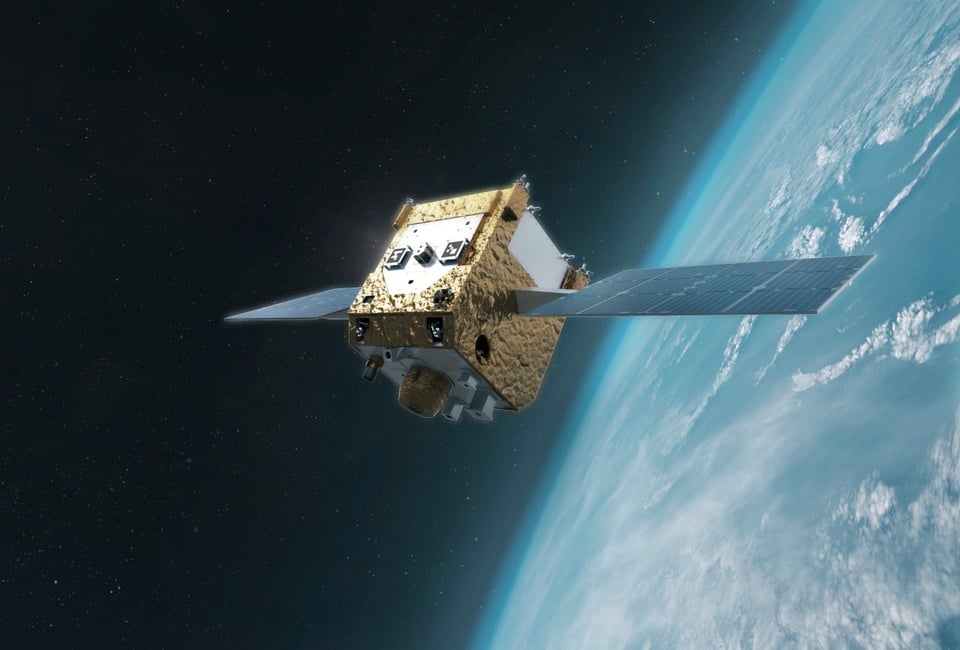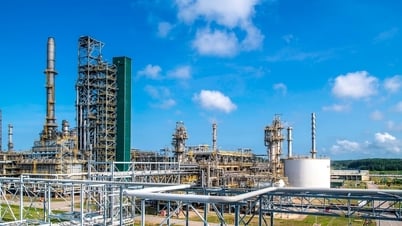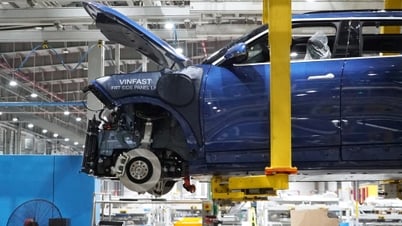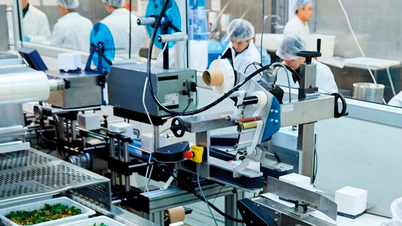 |
A space fuel station will be established by the US in 2026. Photo: Astroscale US . |
From the summer of 2026, aerospace logistics company Astroscale US will set up a space refueling station that could redefine the way spacecraft operate today.
On this mission, Astroscale US's approximately 300-kilogram spacecraft will refuel a satellite with hydrazine propellant, then move to a depot for refilling before refueling another space vehicle.
According to Mashable , if the operation is successful, this will be the first time a Space Force spacecraft (Space Force - a unit of the US Department of Defense ) is refueled in space.
A fuel shuttle like this could keep spacecraft in orbit longer and eliminate the need to pause missions for refueling. "This fundamentally changes the way we do things in space," Ian Thomas, director of the Refueling Program at Astroscale US, told Mashable .
After launch, the refueled spacecraft moves to an area called geostationary orbit (GEO). This is a special place around Earth that allows the spacecraft to orbit at the same speed as Earth.
Here, the Astroscale US spacecraft will approach the first satellite target – the Space Force’s Tetra-5 satellite – and transfer fuel. The refueling ship will then push away and inspect the site with a specialized camera to ensure that no valuable fuel has leaked.
Once complete, the refueling ship will fly to a nearby fuel depot, dock and receive fuel from the depot before moving on to the next target.
“The purpose of the mission is to make sure all the different parts are viable and functional,” Thomas explains.
Most spacecraft, whether they are NASA satellites or space probes, are equipped with solar panels. These panels are incredibly useful. They provide power for the spacecraft's computers, cameras, and more.
However, this power source is not enough to provide enough fuel to move and reorient the spacecraft, avoid high-speed space debris, or prevent the satellite from being pulled into Earth's atmosphere. That's why refueling is so important.
If spacecraft are refueled, engineers can design space missions that are not limited by fuel. For example, the $10 billion James Webb Space Telescope has a finite amount of fuel, so its mission is limited to about 20 years.
Source: https://znews.vn/my-sap-co-cay-xang-ngoai-khong-gian-post1545561.html







































































































Comment (0)